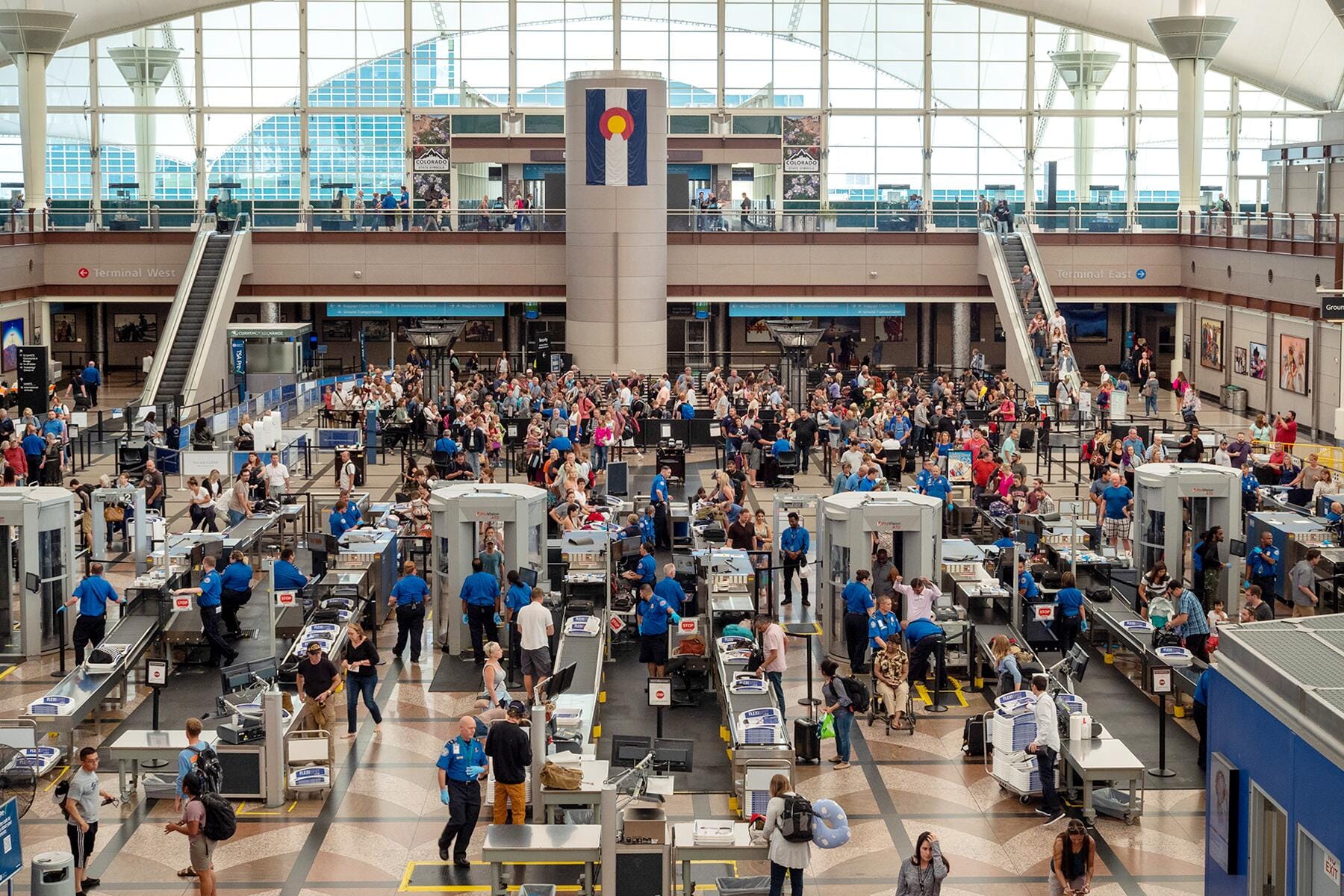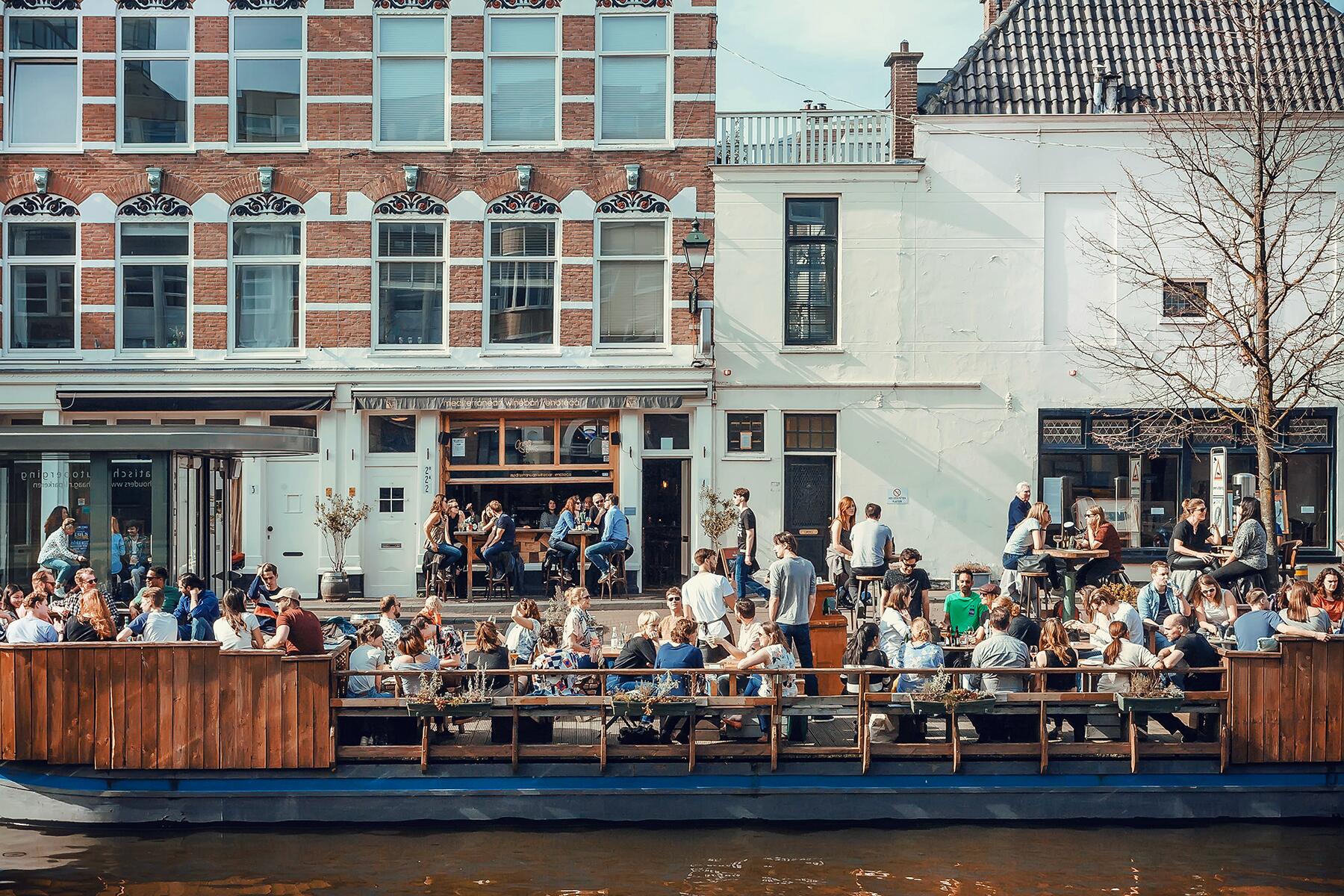Whether you like it or not, cruises touch on a tantalizing vacation trifecta: good value, hassle-free planning, and the promise of adventure. Pay an upfront rate and you’ve got a floating hotel, three meals a day, ample entertainment and activities, luxe services, and an expert itinerary in multiple destinations. Now add to that the fact that you only have to unpack your bags once. We know the reputation that cruises still have, but even staunch non-cruisers will want to become first-timers after considering this stress-free kind of travel.
Cruises of all kinds are on an upswing now, despite recent bad press and the industry offers endless options that cater to all sorts of special interests and call upon a plethora of ports the world over. So to help get your feet wet, we’ve broken down the cruising basics to make sure you find the perfect fit and book your trip like a pro.

1. Is Cruising Right for Me?
Cruising is not a one-size-fits-all experience, but it’s a near-guarantee that there’s a cruise vacation out there that’s practically tailored to you. With destinations spanning the globe, and ships in all shapes and sizes, your choices range from leisurely floats down French canals in intimate 12-passenger barges, to rugged Antarctic voyages on 100-passenger expedition vessels, with the more stereotypical whirlwinds to Caribbean isles aboard 5,000-passenger in between.
Recommended Fodor’s Video
Some cruise lines focus on cuisine, others on education and enrichment, and still others on health and wellness or nature and adventure. Where some ships invite getting dolled up in evening gowns and tuxes, others are better suited for going barefoot on deck. And with that varying appeal, as well as pricing geared towards literally any budget, cruises are reeling in much more than just the "newlywed and nearly dead" these days.
First, let’s tackle the big complaint that non-cruise people have—cruising doesn’t allow for immersive, DIY, spontaneous travel. We’ll give you one thing, sometimes you have to rush in a port, having as little as just a few hours to explore. But for the most part, you’ll find yourself in one of these scenarios:
Visiting multiple destinations. Just try covering the isles of the South Pacific or Hawaii as efficiently or economically on land—cruises, by design, cover more ground at less cost.
Sampling a specific region. Think of your cruise as a sort of reconnaissance mission for future, more in-depth, land-based travel—for instance, sail the Mediterranean and determine if Barcelona, the French Riviera, or the Amalfi Coast is more your speed.
Exploring exotic locales. A cruise can hold your hand while exploring exotic locales, from the Amazon to Southeast Asia, where language or logistical barriers might be difficult to navigate alone. Burma, for example, is a challenge to travel to on your own, but with a cruise, you’d be able to explore with ease.
Next up—the fear you’d get bored onboard. Hardly. Some larger cruise ships are like floating cities, with heaps of entertainment, actually delicious dining, and fun activities (zip-lining, anyone?). Then, other sailings are so port-intensive, you’ll be hankering for a bit of downtime on the ship after so much exploring.
Ah, then there’s seasickness. There are plenty of ways to overcome the motion of the ocean. Most modern ships have high-tech ship stabilizers, but you can also decrease the odds of illness by booking a cabin mid-ship, where the ship is most stable; avoiding itineraries that are known for storms or rough seas; and bringing over-the-counter meds and natural remedies. Alternately, try a river cruise, where the water is usually so calm you’ll think you’re still on land, and itineraries are so port intensive, that you’ll spend most of your time off the ship anyway.
It’s pretty hard to resist the overall value and ease of a cruise vacation—and no, that doesn’t make you any less of an intrepid traveler. Even the most fiercely independent traveler could resign to letting someone else deal with the logistical hassles of big trips. The siren call of the high seas is something every traveler should try at least once. If it’s really not for you, you’re lying. (Just kidding.)

2. Where Should I Set Sail?
Decide on a destination first, then pick your ship. Determine your itinerary based on where you’d like to go and what ports you want to visit. Then figure out what it involves to get to the embarkation point in terms of time and cost.
Itinerary options range from close-to-home destinations to some of the most far-flung corners of the globe (from Antarctica to Zanzibar). Sailings to the Caribbean, Alaska, and Mediterranean rank amongst the most popular, especially for first-timers looking to get their sea legs wet.
Here are some broad strokes recommendations:
(Keep an eye out for our Top 10 Cruises for 2013, too!)
Beach Bums: Caribbean, Mexico, Mediterranean/Greek Islands, Hawaii, Bahamas, Bermuda, South Pacific
Nature Lovers: Alaska, Galapagos, Central America, Amazon River, Antarctica, New England/Canada, Norway
Culture Vultures: Mediterranean, North Europe/Baltic, European rivers, South America, Southeast Asia
They can last from as little as one-nighter "cruises to nowhere" to epic four-month voyages. The most popular sailing durations average about a week, with plenty of two-week options and shorter "sampler" itineraries running from three to five nights.
A first-time cruiser might want to start with a shorter itinerary that’s heavy on port calls to test the waters, perhaps to a close-to-home destination (like the Bahamas or Mexican Riviera) that keeps both financial and time investments down.
Do be sure to factor in travel expenses to get to your embarkation point, and to take note of whether or not your cruise also disembarks in the same spot—some cruises end in different ports than the one of origin, which might translate to a heftier airfare, but offer a greater variety of port calls. If you are looking to skip the flight and drive to your local port, your itinerary options will be limited to geographical proximity.
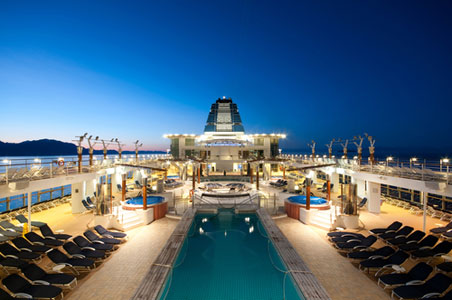
3. How do I Choose the Perfect Cruise Ship?
There are hundreds of cruise ships navigating the world’s waterways—mega-ships, yachts, windjammers, barges, steamboats. Selecting your destination first will help whittle down the ship possibilities to a more manageable number. More than just a way to get from point A to B, the ship you select will also determine the tastiness of your meals, how well you are entertained, the level of service, and who else will be onboard.
Tailor your cruise by selecting a suitable ship in terms of size and onboard offerings (bigger cruise ships offer anonymity and oodles of amenities; smaller ships offer more intimacy and quiet, and access to smaller ports); like-minded clientele (fun-in-the-sun partiers, toddler-toting families, or sophisticated socialites— numbering anywhere from 10 passengers to 6,000), and of course, price (mass-market lines like Carnival and Royal Caribbean dole out bargains, but charge for à la carte extras, while luxury lines like Silversea and Seabourn are more all-inclusive with heftier upfront price tags).
Cruise lines fall into three basic categories, ascending in level of sophistication and service, and, predictably, price: mainstream (Carnival, Norwegian, Royal Caribbean), premium (Celebrity, Holland America, Princess), and luxury (Crystal, Regent Seven Seas, Silversea).
There are also specialized small-ship adventure/tall-ship (Star Clippers, Windjammer Barefoot Cruises, Windstar) and expedition (Lindblad Expeditions, Orion Expedition Cruises) lines, which focus more on action-packed itineraries than onboard diversions; as well as river (AmaWaterways, Avalon, Scenic, Viking) and barge cruise lines (French Country Waterways, European Waterways), that navigate rivers and canals.
Keep in mind that within all cruise lines, individual ships may vary in age, size, and amenities, so expect to dig a little deeper on this front once you’ve found an overall fit. Look, too, for preferential factors like onboard dress code requirements and whether dining times are assigned or flexible.
Booking a cruise is big-ticket purchase, so do your homework before you commit. To delve deeper into your research, check out additional Fodor’s resources including overviews on cruise lines, cruise ship reviews, and our popular cruise forum.

4. How Much Do Cruises Cost and What’s Included?
Fares vary greatly according to itinerary (including factors like cruise length, and popularity of the destination), season (with highest prices during summer and holiday periods), cabin accommodations, and of course, the caliber of the cruise line.
While some of the mega-ship sailings might seem priced-to-go at bargain-basement rates (a 7-night sailing for $399—I’ll take it!), keep in mind that there will be plenty of extra expenses to factor in once you set off. Nearly all cruises include lodging, dining, onboard entertainment, facilities, and transportation from port to port—already a terrific value—but many impose extra expenses for gratuities, shore excursions, beverages, specialty dining, spa services, and more, which can really pile up. You’ll need to budget for additional fees, and calculate all of your expenses—especially flights and pre- or post-trip hotels—to better determine the true value of your trip.
A good rule of thumb is that the less expensive the cruise, the less that’s included in the rate, as the lines try to up their profits with a lot of ancillary offerings; luxury lines might carry a higher upfront price tag, but will often operate on a more all-inclusive model.
Note that quoted cruise rates are based on double occupancy; solo travelers should be careful to find out whether there are single passenger supplements tacked on.

5. When’s the Best Time to Set Sail?
The time of year you sail will also determine what you pay—and the weather and crowds you’ll encounter. Identical itineraries on the same ship can fluctuate considerably, depending on the destination’s high, shoulder, or low season.
High-season (or peak) sailings are higher priced, held when temps are at their best and itineraries are in highest demand (school breaks or holidays), while low-season (or off-peak) sailings occur when weather conditions, passenger interest, and fares taper out. Summer is an especially popular time, rife with European and Alaskan itineraries, while winter lends well to sunny escapes (cue the Caribbean).
For the best bang for your buck, a "shoulder season" sailing (between the high and low periods) means a happy compromise, where moderately priced itineraries meet fewer crowds, though you’ll have to be willing to trade off certain things. For example, you’ll pay less to cruise the Mediterranean in spring than summer, but won’t get those balmy days at the beach. So if it’s only sightseeing you’re after, this would be an excellent money-saving alternative.
If you’re not traveling with kids, avoid school holiday periods. Overall, the more flexibility you have with your travel dates, the more savings you can reap.
Of course, apart from year-round sunny locales like the Caribbean or Hawaii, many itineraries are scheduled during specific periods, so if you’re set on a specific destination, that will obviously narrow down the choice as to when you sail.
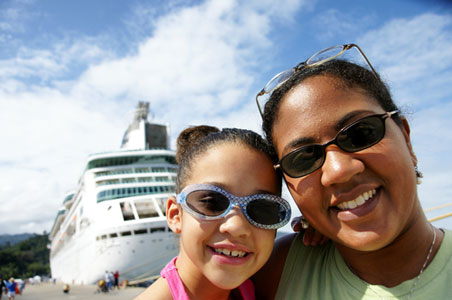
6. When Should I Book My Cruise Vacation?
Book at least six months out to nab discounted rates and the best inventory (especially if you want a specific cabin type), and if you’re planning to sail during high season, you wouldn’t be remiss to book up to a year in advance. Time your purchase right and reel in onboard credit and cabin upgrades, offered as early-booking incentives by many mainstream cruise lines, and look to luxury cruise lines for especially sweetened pots including special 2-for-1 fare deals, free airfare, and more.
Another good time to book is during "wave season" (January through March), when cruise lines are eager to fill up their sailings for the year ahead and winter-weary travelers are dreaming of vacations ahead. There are also special promos to be had during National Cruise Vacation Week, held from October 21–27 this year.
If you’re going to try your luck with a last-minute booking (ones made within 60 days of departure), be flexible with dates, destinations, and cabin selections as inventory shrinks, discounts dwindle, and airfares peak.
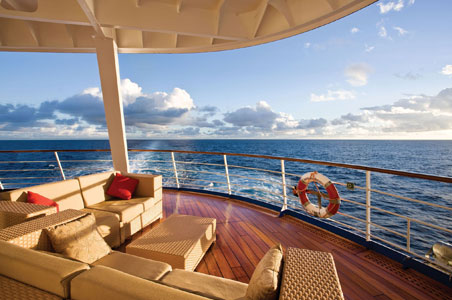
7. How Should I Book My Cruise?
If you have the time to independently research the best cruise line for you—and to shop around for the best deals—you can book your cruise directly through the cruise line or through a third-party seller that posts a striking deal.
Otherwise, consider an in-person or online cruise-specialized travel agent, which is a smart way to go for first-time cruisers. Agents can help match you to the right cruise, advise on cabin selection, and troubleshoot if problems arise. Plus, since cruise travel agents often book in bulk and have connections in place, they frequently have access to special value-add deals and incentives.
With countless agent options out there, it’s best to ask for word-of-mouth or read up on online recommendations, and to look out for agents affiliated reputed outfits like the Cruise Lines International Association (CLIA).
No matter how you choose to book, always read the fine print to see if port charges, taxes, and other additional fees are going to inflate the total cost of your trip.
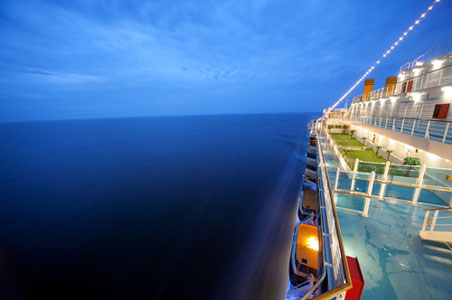
8. Here are Some Insider Tips for First-Time Cruisers
Now that we’ve convinced you to try out a cruise, (you don’t have to tell anyone just yet) here are a four insider tips to help further optimize your holiday:
Upgrade your cabin. Yes, they’re the cheapest of the lot, but "inside" cabins—meaning situated in the ship’s interior, sans windows—can feel downright claustrophobic. On sailings where you’ll be spending lots of time in port or during cooler climes, you can surely get by with a window-view only, but for sailings with days spent at sea or with exceptional weather and/or landscapes, splurging for that balcony room can make or break a cruise vacation.
Dress to impress (or don’t). Be sure that the cruise line you book has the right dress code in mind. If you don’t feel like packing tuxedos and gowns, steer clear of cruise lines that have several formal nights, while, if the idea of wearing jeans to dinner appalls you, you’ll want to skip more casual cruises.
Dine on your time. If flexible dining is important to you, make sure you don’t book a trip where you’ll be locked into an assigned dining times (usually offering two set seatings, around 6 pm and 8 pm). And if you are on a ship with assigned dining shifts, note that preferences are accommodated first-come, first-serve.
Book your airfare with time to spare. If you’re booking your own flights to your embarkation port, we always recommend traveling the day before you’re scheduled to set sail. Sure, you’ll have to spring for a hotel once you get there, but it will save you the stress of dealing with potentially delayed or cancelled flights that could cause you to miss your sailing—and require you to shell out for the costs of catching up with the ship at its next port of call.
Photo Credits: Is Cruising Right for Me via Shutterstock; Where Should I Set Sail: Maugli/Shutterstock; Perfect Cruise Ship via Shutterstock; How Much do Cruises Cost and What’s Included: Mark Bowden/iStockphoto; Best Time to Set Sail via Shutterstock; When Should I Book My Cruise Vacation: Rob Marmion /Shutterstock; How Should I Book My Cruise Vacation: Courtesy of Cruise Lines International Association; Insider Tips for First-Time Cruisers via Shutterstock

